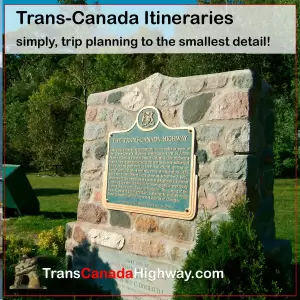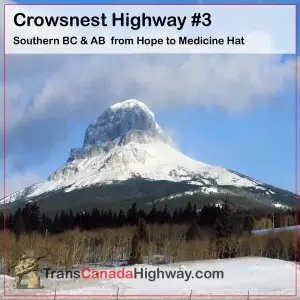Want to Plan your Cross-Canada Road Trip?
Here are all the things to see and do on your road trip, coast-to-coast, or a shorter stretch… Pick your starting point (or western-most point) and your end-point (or eastern-most point) and click on each segment for the details, description, elevation chart, and map. The table below shows length of the segment to plan driving time, breaks, meals, and overnight stops. and you can always refer back to our Large scale route map.
Learn about / plan the towns and cities along each segment. Find out about Canada’s exciting history..














